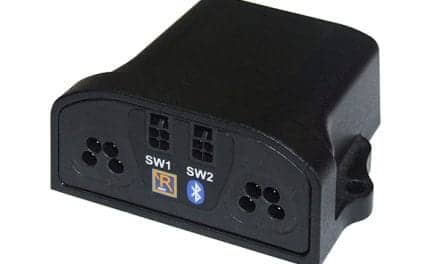by Megan Rauscher
Last Updated: 2008-02-27 13:13:49 -0400 (Reuters Health)
NEW YORK (Reuters Health) – In postmenopausal women with osteoporosis, there is an inverse relationship between osteoarthritis of the spine, defined as either the presence of disc space narrowing or osteophytes, and vertebral fractures, study findings suggest.
Writing in the Annals of the Rheumatic Diseases for February, the study team notes that while the coexistence of osteoarthritis and osteoporosis is "uncommon," it has been suggested that disc space narrowing in postmenopausal women increases the risk of vertebral fractures.
But Dr. Christian Roux of Paris-Descartes University, Cochin Hospital in France, and colleagues say their findings do not support this.
Among a cohort of 410 women with osteoporosis and an average age of 74 years, the overall prevalence of vertebral fractures was 52.4%.
"We observed a high prevalence of osteoarthritis for both osteophytes (90% of patients) and disc space narrowing (65% of patients)," Dr. Roux and colleagues report.
They also report that the presence of at least one osteophyte was "sufficient to decrease significantly the presence of vertebral fractures." The odds ratio adjusted for age and weight was 0.38 for the presence of at least one osteophyte; it was 0.27 for at least three disc narrowings.
In a subgroup of patients without disc space narrowing, the proportion of patients with more than three vertebral fractures was 25.2%. In another subgroup in which all patients had at least one disc space narrowing, 15.9% had more than three vertebral fractures.
This study, Dr. Roux and colleagues conclude, shows that "disc space narrowing and osteophytes are associated with a decreased vertebral fracture prevalence in postmenopausal women with osteoporosis."
"Osteophytes reflect bone formation and the metabolic changes that lead to osteophytes may favor formation activity of bone," the investigators offer.
Ann Rheum Dis 2008;67:224-228.
Copyright Reuters 2008. Click for Restrictions



